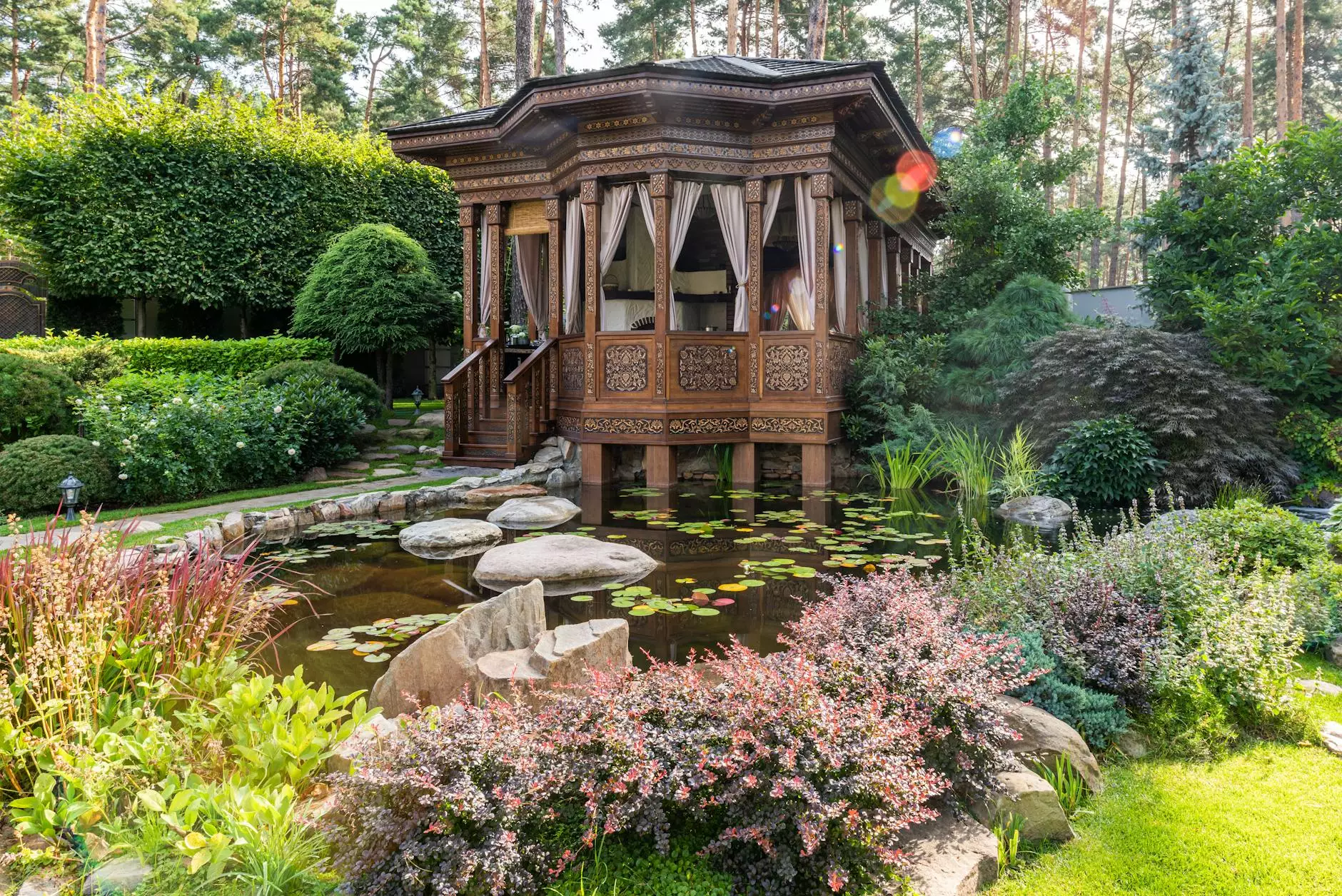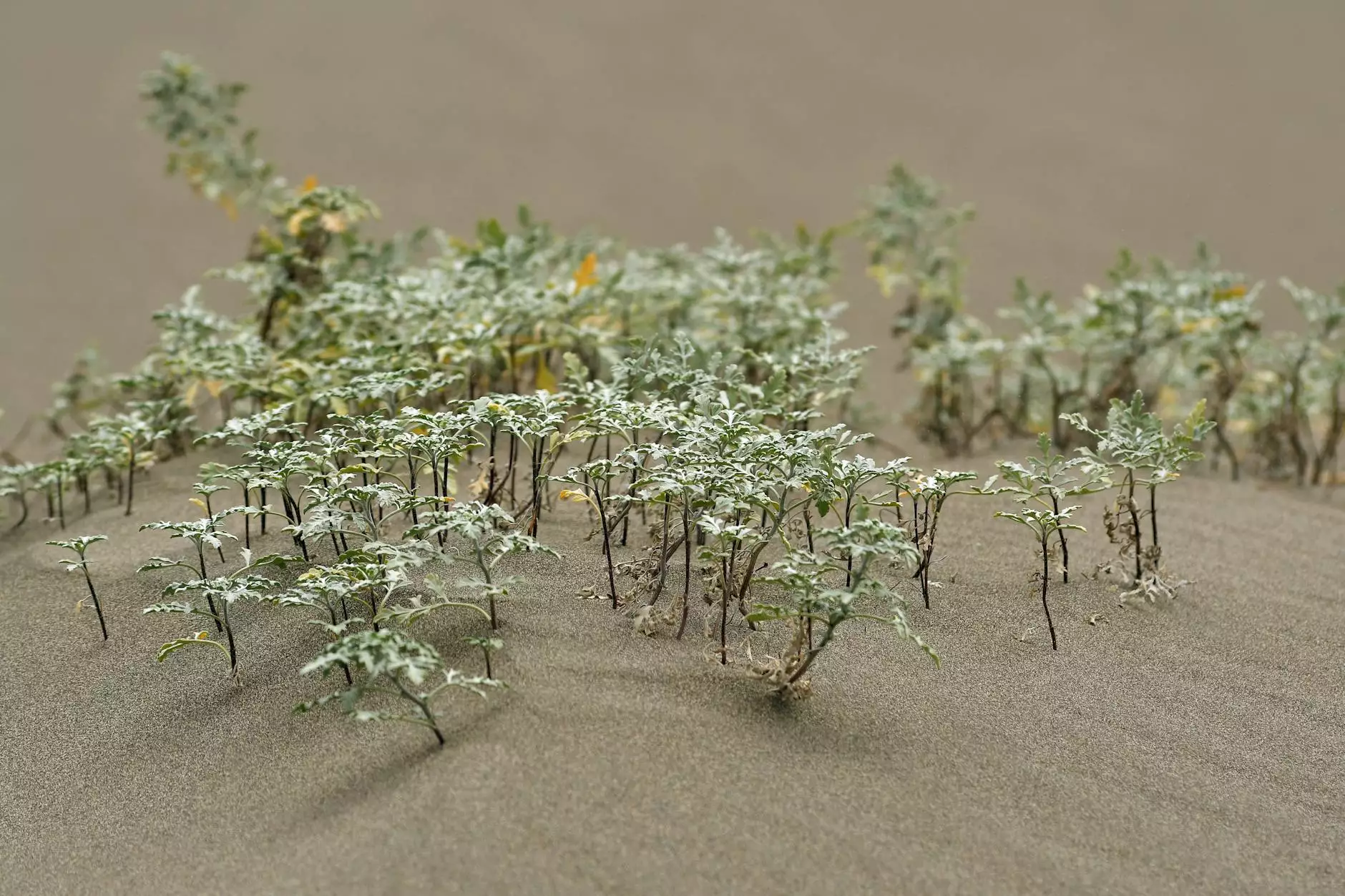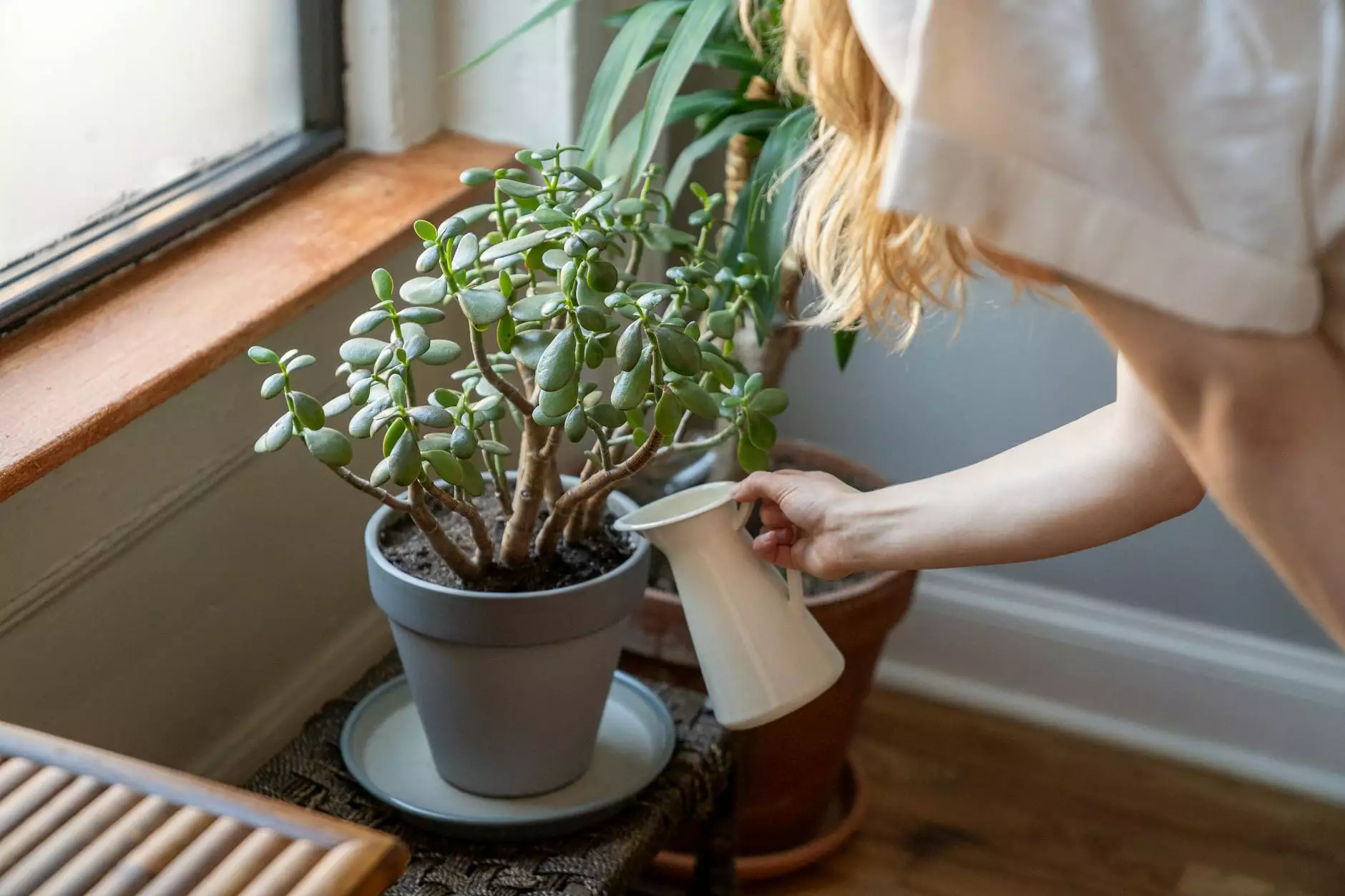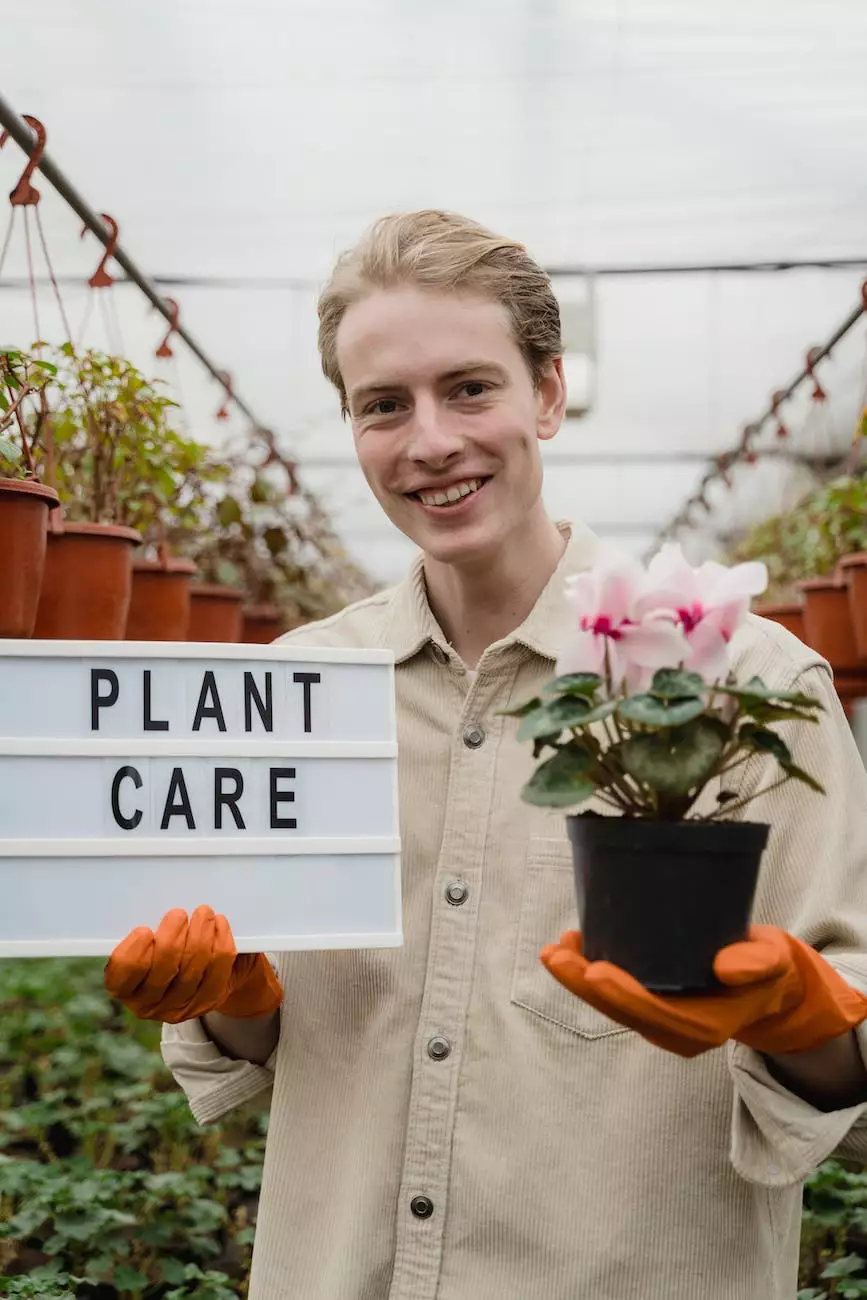Understanding Light Levels in Your Yard and Garden

Welcome to La Venezia Art & Fashion's comprehensive guide on understanding light levels in your yard and garden. Enhancing the beauty of your outdoor space is essential to create a harmonious and inviting atmosphere. By optimizing the light levels in your yard and garden, you can achieve stunning visual effects and cultivate healthy plants. In this guide, we will explore the importance of light, different light levels, and how to make the most of natural and artificial lighting.
The Importance of Light in Your Yard and Garden
Light is an essential element for the growth and development of plants. It is through photosynthesis that plants convert light energy into chemical energy, fostering their growth, flowering, and overall health. Additionally, light plays a crucial role in creating ambiance, highlighting architectural features, and providing a comfortable outdoor living space.
Understanding Different Light Levels
Not all plants require the same light levels. It is important to understand the different light levels and their impact on plant growth to effectively plan your yard and garden. Here are the main light levels:
- Full Sun: Plants requiring full sun need at least 6 hours of direct sunlight per day. These plants thrive in open areas with exposure to maximum sunlight.
- Partial Sun/Partial Shade: Plants in this category require approximately 3-6 hours of direct sunlight each day. They can tolerate some shade but still need a significant amount of light to flourish.
- Full Shade: Plants that thrive in full shade require less than 3 hours of direct sunlight per day. They prefer areas with limited or no direct sunlight, such as under trees or near dense structures.
Understanding the light levels in your yard and garden will help you choose the right plants for each specific area, ensuring their optimal growth and health.
Optimizing Natural Light in Your Yard and Garden
Maximizing natural light in your outdoor space is crucial for the success of your plants and the overall aesthetics. Here are a few tips to help you optimize natural light:
1. Analyze Your Yard
Observe your yard throughout the day and identify areas with different light levels. Take note of the sun's path and how it affects each area. This analysis will help you determine which plants will thrive in different spots.
2. Plant Placement
Consider the light requirements of your plants when deciding where to place them. Group plants with similar light needs together, ensuring they receive the necessary amount of sunlight.
3. Pruning and Tree Maintenance
Trim tree branches that block sunlight from reaching lower levels of your garden. Regular pruning ensures optimal light penetration and prevents overcrowding.
4. Reflective Surfaces
Use light-colored surfaces, such as white stones or reflective mulch, to bounce sunlight back onto shaded areas. This technique helps distribute light more evenly throughout your yard and garden.
Enhancing Light with Artificial Lighting
Artificial lighting is an excellent way to extend the hours of light in your yard and garden, especially during darker seasons or in areas with limited natural light. Here are some effective ways to enhance light with artificial lighting:
1. Spotlights and Uplighting
Highlight architectural features, trees, and focal points with spotlights or uplighting. This creates a dramatic effect, adding depth and visual interest to your outdoor space.
2. Pathway Lighting
Guide the way and create a safe, inviting atmosphere by installing pathway lighting. Use low-voltage LED lights to illuminate walkways, garden paths, and stairs.
3. String Lights
Add a magical touch to your yard and garden with string lights. Hang them above seating areas, pergolas, or trees to create a cozy and enchanting ambiance.
4. Plant Grow Lights
If you have areas with limited natural light, consider using plant grow lights to supplement the lack of sunlight. These specialized lights provide the necessary wavelengths for plant growth.
Conclusion
Understanding light levels in your yard and garden is crucial for creating a thriving outdoor space. By optimizing natural and artificial lighting, you can cultivate healthy plants, highlight key features, and enjoy a visually stunning environment. La Venezia Art & Fashion hopes that this comprehensive guide has provided you with valuable insights and tips to enhance your yard and garden with the power of light. Remember to always consider the specific light requirements of your plants and create a balanced lighting scheme for maximum impact.










